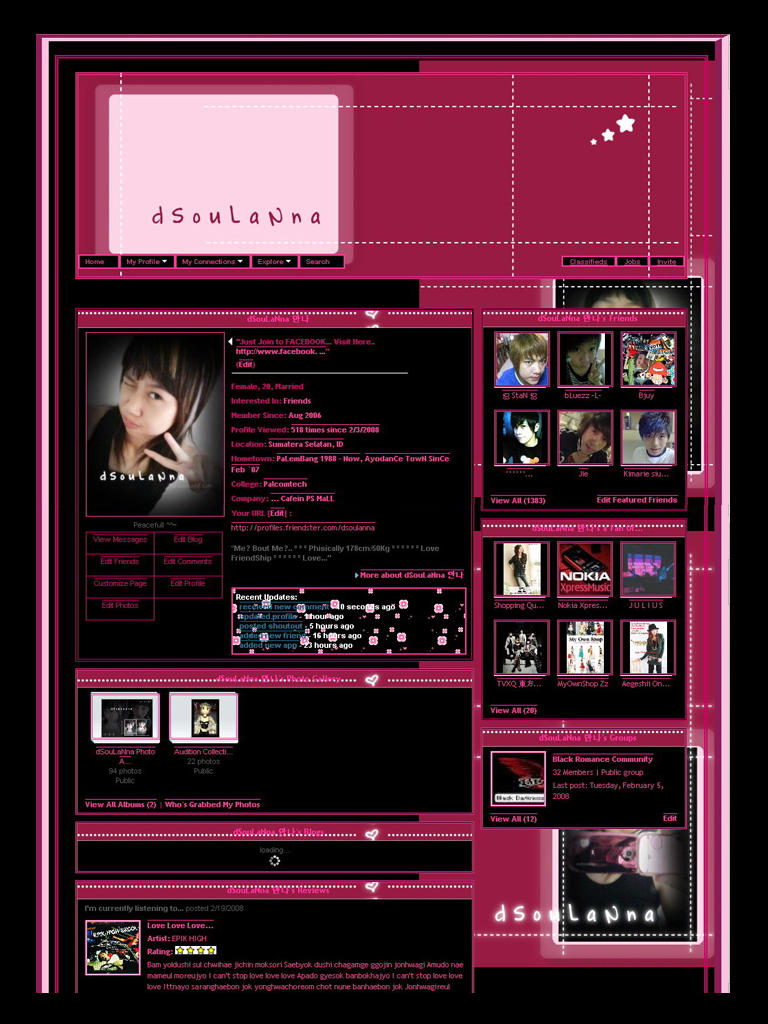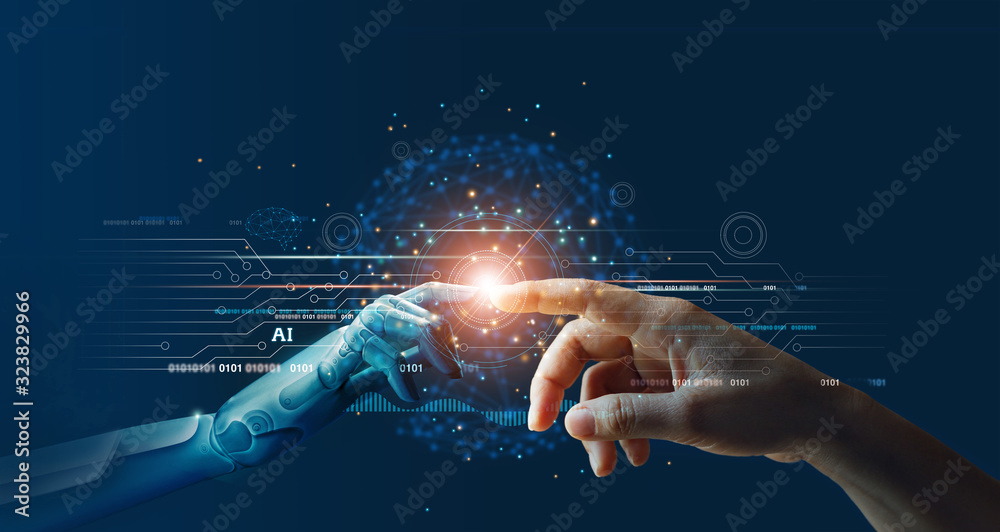Reflection of the changed world:
I remember when I was in 9th grade, I went to one of my classmate’s houses just to ask what I had missed at school because I had an appointment that day. Since I easily get anxious when I miss any schoolwork, that’s something I’ve continued doing ever since. I already had a mobile phone at the time, but I didn’t have her number. I can say I cared less about using my phone back then. I had Facebook, but I could only access it through our personal computer or when I had a Wi-Fi connection. Texting and calling were my main ways of communicating at the time. Looking back, that was 13 years ago.
The first social media application I ever used was Friendster. Similar to Facebook, it allowed you to upload photos and a profile picture, add friends, customize your background, and even add background music. The fun part was being able to chat with the friends you added. I remember it was especially popular in Southeast Asia, but due to technical issues and its inability to keep up with emerging social media platforms at the time, it was shut down in 2015.

Photo from Deviant Art
As someone born in the late ’90s, I can say I experienced the best of both worlds—life before and after the rise of digital technology. We’re often called the “bridge generation” because we lived through the transition: from handwritten notes and landlines to smartphones and social media. It’s a unique perspective that helps us appreciate both simplicity and innovation.
It’s so convenient to live in this generation. If you don’t know something, you can simply use a search engine like Google to find out. Some people use voice commands with Alexa or Siri. If you’re lost, you just open Google Maps. If you want to watch a movie, you stream it online. And if you miss someone, you can send them a message or video call them. These are just a few examples, but it’s clear that a lot has changed. Still, there are times when I wish things were as simple as they used to be.
The rise of technology allows people to be creative and express their true selves to a wide audience. Nowadays, people don’t just consume what they watch—they actively participate in it. I strongly agree with Michael Wesch’s statement that human relationships change when media change. It’s true. Platforms like Facebook, YouTube, and TikTok clearly show how human connections are evolving. You can talk to someone you’ve never met, or post something that invites reactions and opinions from people around the world.
Culture of participation:
Memes also became a thing now where Richard Dawkins cited it as “an element of a culture or system of behavior that may be considered to be passed from one individual to another by nongenetic means, especially imitation.” People participating in trend videos or online issues is pretty wild—something I never imagined before. It’s fascinating to see how digital spaces have reshaped social behavior. Introverts are becoming more expressive online, while extroverts are sharing even more of their lives with the public. The internet has truly blurred the lines between private and public, giving everyone a platform to connect, create, and be seen.
Although I know that excessive use of anything can be harmful, I truly believe that a culture of participation can bring positive change to schools. When students are encouraged to actively contribute—not just consume—they strengthen their collaboration skills, enhance their creativity, improve their critical thinking, and become more responsible for their own learning. If used wisely, participatory culture can lead to meaningful transformation in education.
According to the Pew Research Center’s Teens, Social Media and Technology 2022 report, 97% of teens use the internet daily, and 46% say they use it almost constantly. While children, young adults, adults, and seniors all contribute to internet usage, it’s essential to address safety and ethics in digital spaces.
Balancing the challenges of our new digital reality:
That’s why it’s so important for educators and authorities to work together to teach students what it means to share responsibly. They must be informed about data privacy, the importance of giving consent online, and the need for respectful communication. Boundaries should be established—even in digital environments—to protect well-being and foster healthy interactions.
Ultimately, I hope the tools we have today won’t replace human connection, but rather elevate it. Technology should be a bridge, not a barrier, to deeper relationships and more inclusive learning.
Disclaimer: Use Copilot as a grammar checker! 🙂


Hi Katrina, I really liked how you called our generation a bridge between two worlds, that honestly sums it up perfectly. I also liked what you said about keeping technology as a bridge rather than a barrier. It’s so true how easy it is to lose real connection when everything’s online. I thought your take on participatory culture in schools was really interesting too, it made me think about how creativity and collaboration can actually grow through digital spaces when used right.
Thanks for dropping by. It’s comforting to know that this post resonated with you too. 🙂
Hi Katrina,
I really enjoyed reading your reflection as it highlights how dramatically our world has evolved with the rise of digital technology and social media. Being part of the “bridge generation” truly offers a special perspective on both the simplicity of the past and the innovation of today. Your reference to Michael Wesch’s idea that “human relationships change when media change” is very insightful, as technology has completely transformed how we connect and express ourselves. I also appreciate how you connected the culture of participation to education, showing its potential to promote creativity, collaboration, and responsibility among students. As you beautifully concluded, technology should act as a bridge that strengthens human relationships rather than replacing them, reminding us to use digital tools thoughtfully and ethically.
Hello! I’m so glad you enjoyed this post. With so many people—especially teens—engaging online every day, it’s important that we use our voices to show how beautiful technology can be when used right. 🙂